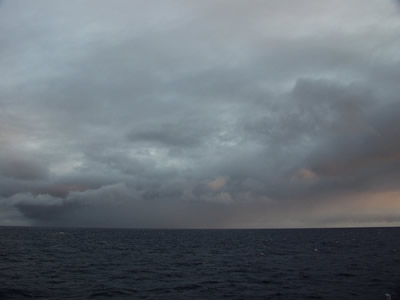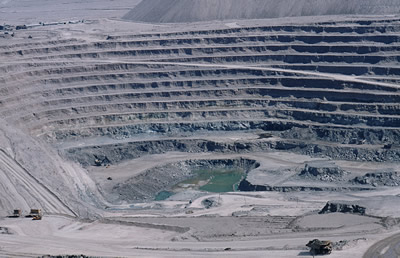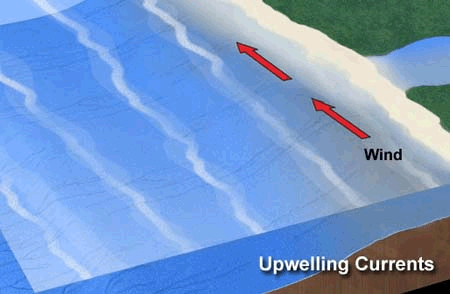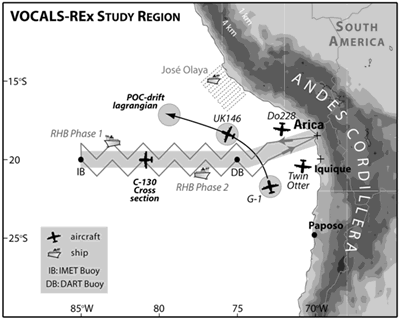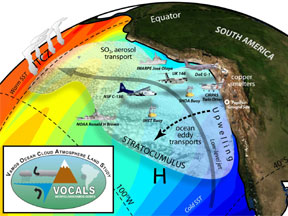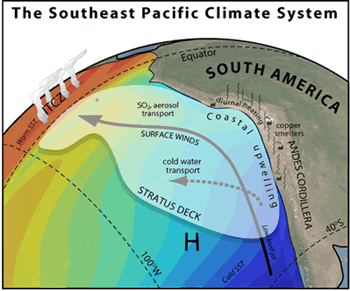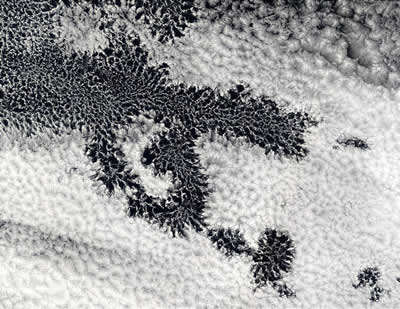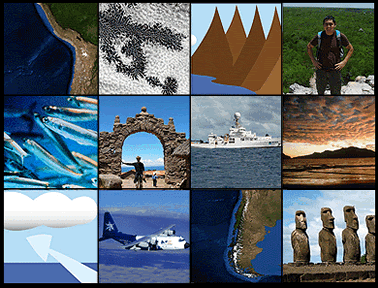
Windows to the Universe / Lisa Gardiner
What is VOCALS?
What if you wanted to learn more about the climate system of a very large area such as the Southeast Pacific Ocean? What would be involved in studying how the oceans, land, and atmosphere interact? You would need to assemble a team of experts from around the world and have them plan a field experiment that would collect lots of data to be analyzed.
This is exactly what the VAMOS Ocean-Cloud-Atmosphere-Land Study Regional Experiment (VOCALS) field campaign intends to do! VAMOS stands for Variability of the American Monsoon System. VOCALS is a month long international field experiment focused on learning more about the interactions between the South American Continent and the Southeast Pacific (SEP) Ocean. If you think that experiments only take place in laboratories, you will be interested to learn that the VOCALS team plans to work in the “big outdoors!” The SEP area includes the land of subequatorial Peru down to about 35 degrees South in Chile and the Southeast Pacific Ocean out to about 110W. Although slightly outside of this area, Easter Island is also considered to be part of the study area. This climate system of this very large area has not been nearly as well studied as the Northern Pacific or Atlantic Oceans. The VOCALS campaign will change that!
 | You can learn more about climate of the Southeast Pacific with our Flash interactive. |
VOCALS will need the expertise of over 150 scientists, engineers, and technicians from 40 universities and nine countries. New observational technologies will be used to collect much-needed information about the SEP. They will utilize four aircraft and two research ships containing scientific instruments. Buoys in the ocean and land-based observation stations in Chile will also collect and contribute data to VOCALS research.
Although it will take place in October 2008, a field campaign of this magnitude requires considerable planning and coordination to prepare. And once the data has been collected, the researchers will be involved for several years in the analysis. They will use this information to improve their models of the Earth system.
The VOCALS researchers have partnered with Windows to the Universe to share their exciting activities and adventures with the public, students, and educators. Come back often to this web site to learn more about their investigation and discoveries.






